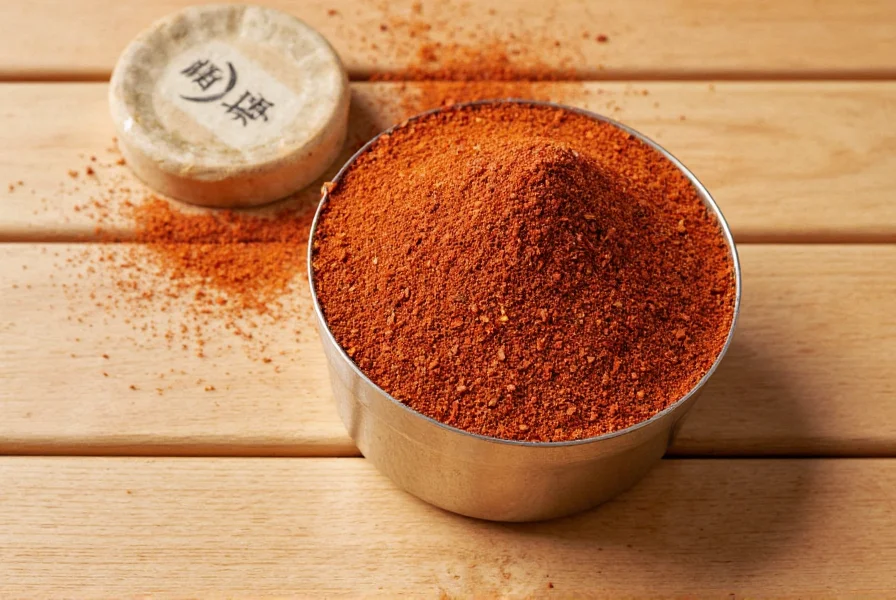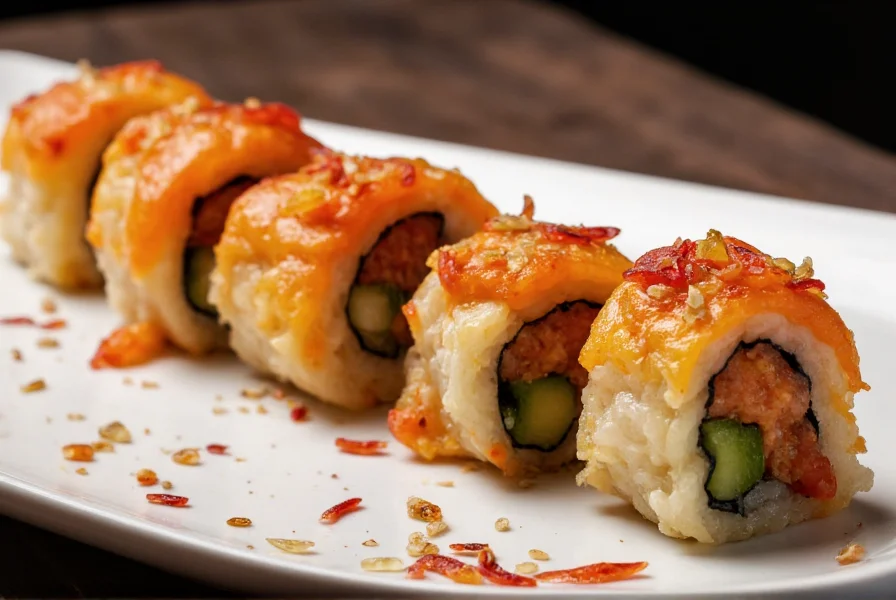When searching for dragon roll pepper, many home chefs and sushi enthusiasts encounter confusion. This article clarifies the terminology, explains traditional dragon roll ingredients, and explores legitimate pepper varieties used in Japanese cuisine.
Understanding Dragon Rolls
Dragon rolls represent one of the most popular Western-style sushi creations. These inside-out rolls typically feature:
- Shrimp tempura as the core protein
- Avocado slices creating a 'scale' effect
- Cucumber for crunch
- Eel sauce (unagi sauce) for sweetness
- Sesame seeds for texture
No authentic dragon roll recipe includes a specific "dragon roll pepper." The name derives from the visual presentation resembling a dragon's scales, not from any pepper ingredient. This common misconception often leads searchers down culinary rabbit holes seeking non-existent ingredients.
Common Sources of Confusion
Three primary factors contribute to the dragon roll pepper misunderstanding:
| Confusion Source | Explanation | Reality Check |
|---|---|---|
| Dragon's Breath Pepper | World's hottest chili variety | Unrelated to sushi; measures 2.48 million SHU |
| Dragon Fruit | Vibrant pink fruit sometimes used in sushi | Often mistaken for 'dragon' ingredients |
| Pepper Varieties in Sushi | Black pepper occasionally used in Western rolls | Not standard in traditional Japanese preparation |
Legitimate Pepper Use in Sushi Preparation
While dragon roll pepper doesn't exist, several peppers do appear in sushi contexts:
Black Pepper
Western sushi chefs sometimes add freshly ground black pepper to:
- Spicy mayo variations
- Rolls featuring salmon or tuna
- California-style rolls with crab
Chili Peppers
Japanese cuisine incorporates moderate heat through:
- Ichimi togarashi (ground red chili)
- Shichimi togarashi (seven-spice blend)
- Fresh bird's eye chilies in specialty rolls

Dragon's Breath Pepper: The Hottest Culinary Distraction
The Dragon's Breath pepper (not related to dragon rolls) holds the Guinness World Record for hottest chili. Developed in Wales, this pepper measures approximately 2.48 million Scoville Heat Units. Consuming it requires medical supervision due to its extreme heat level.
Some adventurous chefs have experimented with 微量 amounts of Dragon's Breath in specialty rolls, but this represents an extreme exception rather than standard practice. Most sushi restaurants avoid peppers exceeding 50,000 SHU to maintain traditional flavor balance.
Creative Pepper Variations for Dragon Rolls
For chefs seeking to incorporate pepper flavors into dragon rolls, these approaches maintain authenticity while adding complexity:
- Shichimi Dragon Roll: Sprinkle shichimi togarashi on avocado 'scales' before serving
- Black Pepper Eel Sauce: Infuse unagi sauce with freshly cracked black pepper
- Peppered Tempura Batter: Add white pepper to shrimp tempura batter for subtle heat
- Wasabi-Pepper Blend: Mix wasabi with ichimi togarashi for dipping sauce

Traditional Japanese Perspective on Pepper in Sushi
Master sushi chefs in Japan generally avoid strong pepper flavors that might overpower delicate fish profiles. The Japanese culinary philosophy emphasizes:
- Highlighting natural ingredient flavors
- Maintaining balance between rice, fish, and accompaniments
- Using wasabi for heat rather than chili peppers
- Preferring citrus-based accents over pepper
Western adaptations have introduced more pepper varieties, but authentic dragon rolls remain pepper-free. Understanding this distinction helps prevent the dragon roll pepper misconception from spreading further.
Practical Recommendations for Home Chefs
When preparing dragon rolls at home, consider these pepper-related tips:
- Use freshly cracked black pepper sparingly in spicy mayo
- Experiment with shichimi togarashi as a finishing spice
- Avoid extremely hot peppers that overwhelm other flavors
- Pair dragon rolls with traditional ginger and wasabi, not pepper-centric condiments
- Remember that authentic preparation focuses on texture contrast rather than heat
Conclusion
The term dragon roll pepper represents a common culinary misunderstanding rather than an actual ingredient. Traditional dragon rolls contain no specific pepper variety, though creative chefs may incorporate moderate pepper elements in Western adaptations. Understanding the distinction between authentic preparation and modern variations helps prevent recipe confusion and preserves the integrity of this popular sushi creation.
Does a dragon roll actually contain pepper as an ingredient?
No, traditional dragon rolls do not contain any specific pepper ingredient. The standard recipe includes shrimp tempura, avocado, cucumber, and eel sauce. Some Western variations might incorporate black pepper in the spicy mayo or as a finishing spice, but this isn't part of authentic preparation.
What is the difference between dragon roll pepper and Dragon's Breath pepper?
Dragon roll pepper is a misnomer and doesn't exist as a culinary ingredient. Dragon's Breath pepper is an actual extremely hot chili variety measuring approximately 2.48 million Scoville units, developed in Wales. The two terms are completely unrelated - one is a sushi misconception, the other is a record-breaking hot pepper.
Which pepper varieties work best with dragon rolls?
For subtle enhancements, use shichimi togarashi (Japanese seven-spice blend) as a finishing spice on the avocado 'scales.' You can also incorporate freshly cracked black pepper into the spicy mayo. Avoid extremely hot peppers like habanero or ghost peppers, as they overpower the delicate balance of traditional dragon roll flavors.
Why do people search for dragon roll pepper?
This confusion typically stems from three sources: mishearing 'dragon fruit' as 'dragon pepper,' confusing dragon rolls with the unrelated Dragon's Breath pepper, or searching for pepper varieties that complement dragon rolls. The term 'dragon roll pepper' doesn't represent an actual culinary ingredient in traditional Japanese cuisine.
Can I create a dragon roll with pepper ingredients?
Yes, you can create creative variations. Try adding shichimi togarashi to the avocado 'scales,' incorporating black pepper into your tempura batter, or making a mild spicy mayo with a pinch of ichimi togarashi. However, authentic dragon rolls don't include pepper, so consider these adaptations as modern Western interpretations rather than traditional preparation.











 浙公网安备
33010002000092号
浙公网安备
33010002000092号 浙B2-20120091-4
浙B2-20120091-4